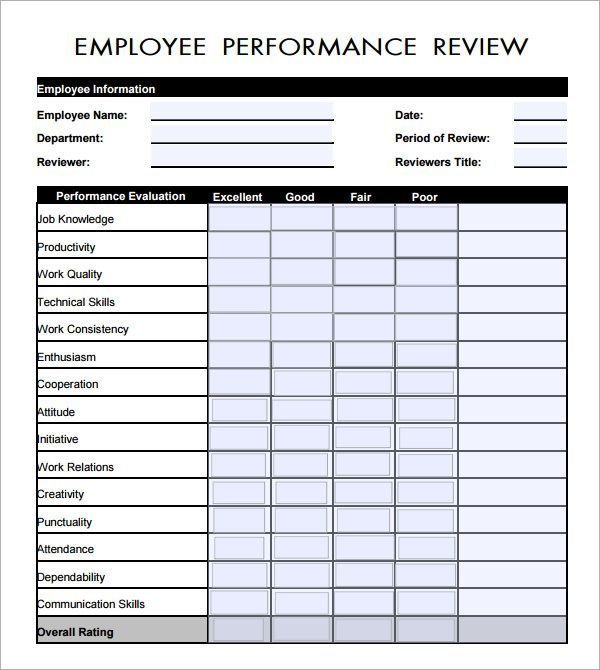What is an Employee Evaluation and Its Process?
Employee evaluation, or performance evaluation, is a process of evaluating and recording how well employees do their jobs. This process is included in the organizational performance management system. It is a formal assessment process through which employees and productivity are reviewed and evaluated over time.
The process is characterized by setting key performance indicators to help set clear expectations for the employee and an index that maps the performance. Uplines regularly monitor these performances, giving feedback based on the evaluation results.
The Place of Personal Evaluation
Performance evaluations depend highly on how well an employee has fared against marked-down company performance indexes. These key performance indicators are usually set up monthly, quarterly, or annually.

An employee is introduced to the evaluation process by a manager; the manager initiates the employee to the key indexes that will be used to evaluate the employee’s performance at the set time. Periodic checks are also scheduled with the employee to address any challenges the employee may face in meeting the expectations. At the end of the evaluation period, a feedback session is held, and the employee is rated and given performance feedback. The evaluation process culminates in identifying the employee’s areas of strength and where improvement is needed.
The Processes of Employee Evaluation
Let us walk through some of the processes that are typically involved in a performance evaluation:
Preparation
This is the first step before the process of evaluation begins. The setting of objectives initiates it. Team leads usually sit with their team members to set specific, measurable, achievable, relevant, time-bound, or SMART objectives. A written record of the goals is documented, and an extensive history of employee performance data, including achievements, challenges, training, and learnings, is kept throughout the evaluation period. Some organizations request that employees fill out an evaluation form or a survey on their performance before the formal evaluation.
Evaluation Meeting
A formal meeting is set with the employee to discuss the evaluation process and performance.
Employee performance is rated based on the initially set goals and objectives through the data gathered during the evaluation period. Constructive feedback is given at the end of the discussion, and a development plan is conceived. Employees might be scheduled for further training in areas they find challenging.
Evaluation Report
An evaluation report is drawn, and the manager allocates ratings to the employee’s performance using an already-determined scale. Employees’ competencies and performances are defined and assessed by competencies relevant to their roles.
Follow-Up
After the evaluation, the employee’s strengths and weaknesses are identified, and an action plan is developed to help improve any areas of concern. Training and development activities are drawn out to help employees improve their performance and grow. A new set of goals is implemented for the next evaluation period. These goals are set up considering the results of the last evaluation: employee’s strengths, weaknesses, and career aspirations.
Documentation and Implementation
The meeting, evaluation, and agreement outcomes are documented for future reference. The development plan implementation starts, and the employee’s performance is monitored for the next evaluation period.
Continuous Feedback
Regular check-ins are scheduled with the employees to monitor their progress and provide ongoing feedback.
Giving constructive feedback and encouraging a culture where employees can ask questions and react and provide feedback is essential. The evaluation process can vary from company to company.
Conclusion
Employee evaluation is a collaborative effort between workers and management. It is a continuous iterative process aimed at improving the quality of work, identifying employees’ challenges, and achieving the goals of a business.
